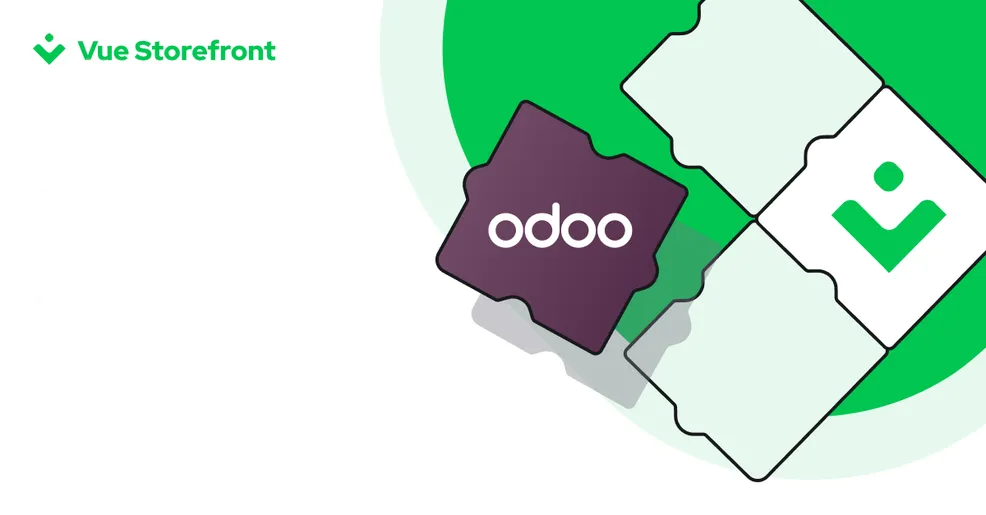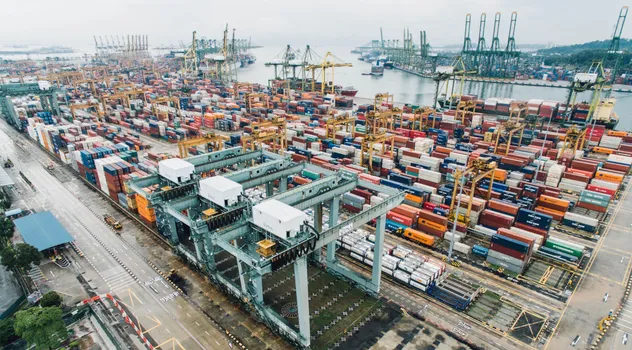Using an eCommerce connector
Latest versions of Odoo can serve webpages much faster and can be a great solution for smaller to medium operations. Some companies still prefer to have a separate eCommerce platform and synchronize products, clients and orders with to Odoo.
It’s tempting to just use a main stream eCommerce backend like Magento, WooCommerce, OpenCart, Drupal, Typo3 or just a distributed eCommerce platform like Shopify, Squarespace, Wix or Webflow.
Problem is that now you need to sync: products, variants, content, images, prices, currencies, clients, companies, categories, banners, languages, orders, payments, shipping etc … You will easily end up having to face hard decisions because the data structure is different from Odoo.
Keeping two separate data models in sync requires bidirectional synchronization and most Odoo connectors available on the Odoo app store they tend to be too complex and badly maintained. The only viable options are OCA connectors or doing you own implementation in a way that doesn’t add too much complexity.
Errors in these syncs will make you do refunds and sometimes generate unwanted issues with support and tax reports.
A Single Source of Truth
Enter VueStorefront + Odoo, just a separate storefront with caching layer (Redis) between Odoo. It’s really a simple concept , we just get data like full html pages or GraphQL queries from Odoo and place it on Redis Cache, next time we need it we just fetch it from Redis. If the data becomes obsolete we just delete it from cache/invalidate it.
This way all your data is always stored in Odoo, whatever you have in the caching system is just an image that can be served faster by VueStorefront
And Why Redis?
Redis is the open source, in-memory data store used by millions of developers as a database, cache, streaming engine, and message broker. It’s blazing fast, easy to scale and you can find is as a service on most server providers like e.g. AWS ElastiCache or Google Memorystore.
Redis is becoming a standard on this type of tools. Redis provides data structures such as strings, hashes, lists, sets, sorted sets with range queries, bitmaps, hyperloglogs, geospatial indexes, and streams. Redis has built-in replication, Lua scripting, LRU eviction, transactions, and different levels of on-disk persistence, and provides high availability via Redis Sentinel and automatic partitioning with Redis Cluster.
Speed and control
With VueStorefront you get the speed and the scalability of a simple architecture, built on top of the most recent and performant web frameworks ( nuxt.js ). Nuxt.js is optimized with code-splitting, tree-shaking, optimized cold-start, link prefetching, payload extraction, just to name a few. Fast by default so you can focus on building.
Then you also get Odoo on the backend, a full blown ERP with Inventory, Shipping, Accounting, multi-company, multi-warehouse, multi-currency and lot’s more. All the tools tools you need to grow your eCommerce operations and all company processes.
Start Your Odoo Project Now





